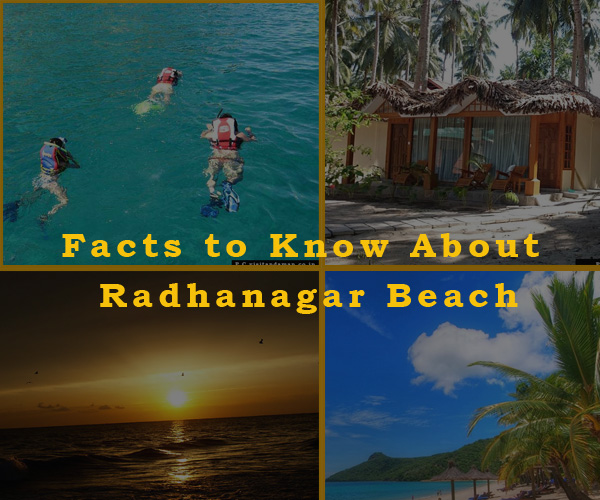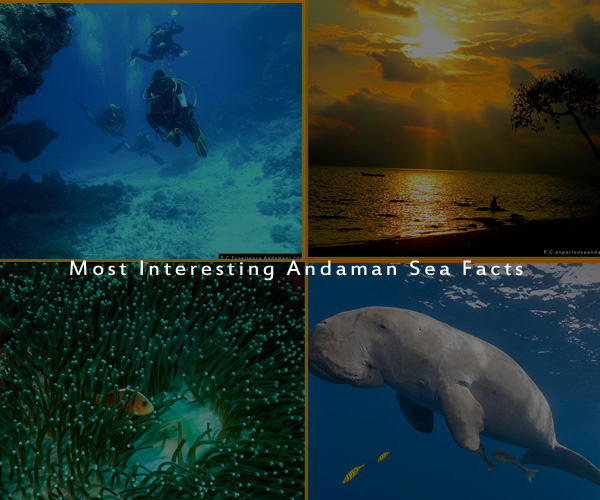 image credit:www.shangri-la.com Andaman and Nicobar Islands are a part of Indian sub-continent situated to the south of Indian peninsula. It is actually an archipelago in the Bay of Bengal. This area with around 572 separated islands is known as a land of ‘sun, sea and sand’. A visit to these islands will definitely bring an experience to keep in your heart for lifetime. The islands have a tropical type of climate. Though out the whole year, the fluctuation in temperature is very low, i.e. from 23°C-30°C and the humidity in air is around 80%. Average annual rainfall in Andaman and Nicobar Islands is 2967 mm. The chill of winter is not felt here clearly. Such kind of weather, large area for preservation of flora and fauna, quiet sea beaches, mesmerizing coral riffs etc makes this place perfect for relaxation and spending holidays. But not all the time in a whole year is suitable for sightseeing in Andaman and Nicobar Islands. The weather, suitable for travelling, varies from place to place.
image credit:www.shangri-la.com Andaman and Nicobar Islands are a part of Indian sub-continent situated to the south of Indian peninsula. It is actually an archipelago in the Bay of Bengal. This area with around 572 separated islands is known as a land of ‘sun, sea and sand’. A visit to these islands will definitely bring an experience to keep in your heart for lifetime. The islands have a tropical type of climate. Though out the whole year, the fluctuation in temperature is very low, i.e. from 23°C-30°C and the humidity in air is around 80%. Average annual rainfall in Andaman and Nicobar Islands is 2967 mm. The chill of winter is not felt here clearly. Such kind of weather, large area for preservation of flora and fauna, quiet sea beaches, mesmerizing coral riffs etc makes this place perfect for relaxation and spending holidays. But not all the time in a whole year is suitable for sightseeing in Andaman and Nicobar Islands. The weather, suitable for travelling, varies from place to place.
Weather
Winter:Winter starts from December and lasts till February in Andaman and Nicobar Islands. But as the winter is felt properly in the most parts of the country, this area doesn’t have to face the temperature less than average 20°C. So it is a good time for the sightseeing. In the daytime, the day gets a bit warmer. But the night time is very pleasant in the winter time. Summer:Summer lasts here from the starting of March to the middle of May. The average temperature during this time here is minimum 24 degrees to maximum 37 degrees making both the days and nights much warm and slightly uncomfortable than any other time of the year. But the sunny and clear days are nice for sightseeing and all kind of activities. Monsoon:The monsoon hits the area twice in a year. First it enters the area usually around late May that lasts to the mid September. And again it visits the islands during November to mid December. These times are the worst time for sightseeing in Andaman and Nicobar Islands. The visibility while doing underwater diving is very low and unsatisfactory. Heavy rain with strong wind makes it almost impossible for a tour. Best time to visit: 1. For the people who want to experience the festivals or events of Andaman and Nicobar Islands besides sightseeing, the months of October, December and January presents several festivals. October month is filled up with a lot of festivals like Durga Pooja, Mari Amman etc. Another attraction is the Island Tourism Festival, organized for promoting tourism, held during December to January. 2. The best time to visit this place for people who want to have an experience of natural and oceanic beauty and have some water-sports is from the months of January to May. This time experiences the best weather in the whole year with best diving condition of the sea. The sea-water remains so crystal clear and flat that it even reflects the clouds. Water-sports like scuba-diving, snorkeling and other activities are most common during this time and those who are not pretty enthusiasts for sports can have a look around the islands. 3. During the time of Monsoon it’s not much of an opportunity to have the fun at its best but the exquisite view of lush green forest and scenic beauty of island can be soothing to the eyes. The tourism organizations and hotels provide excellent offers for tourists at this time. Andaman and Nicobar Islands has a moderate climate in spite of having high humidity level here of 70%-90%. The warm days are cooled with the pleasant sea-breeze. As it is under tropical climate area, there are not several convulsions in climate except tropical storm and heavy rainfall during late summer and monsoon season. With such atmosphere and such vast landscape of ocean, caves, hills, grasslands, developed localities; unexplored forests etc., Andaman and Nicobar Islands are worth visiting at least once in a lifetime. But before planning a trip there you must learn about which time will be fit to visit there according to your trip planning.




